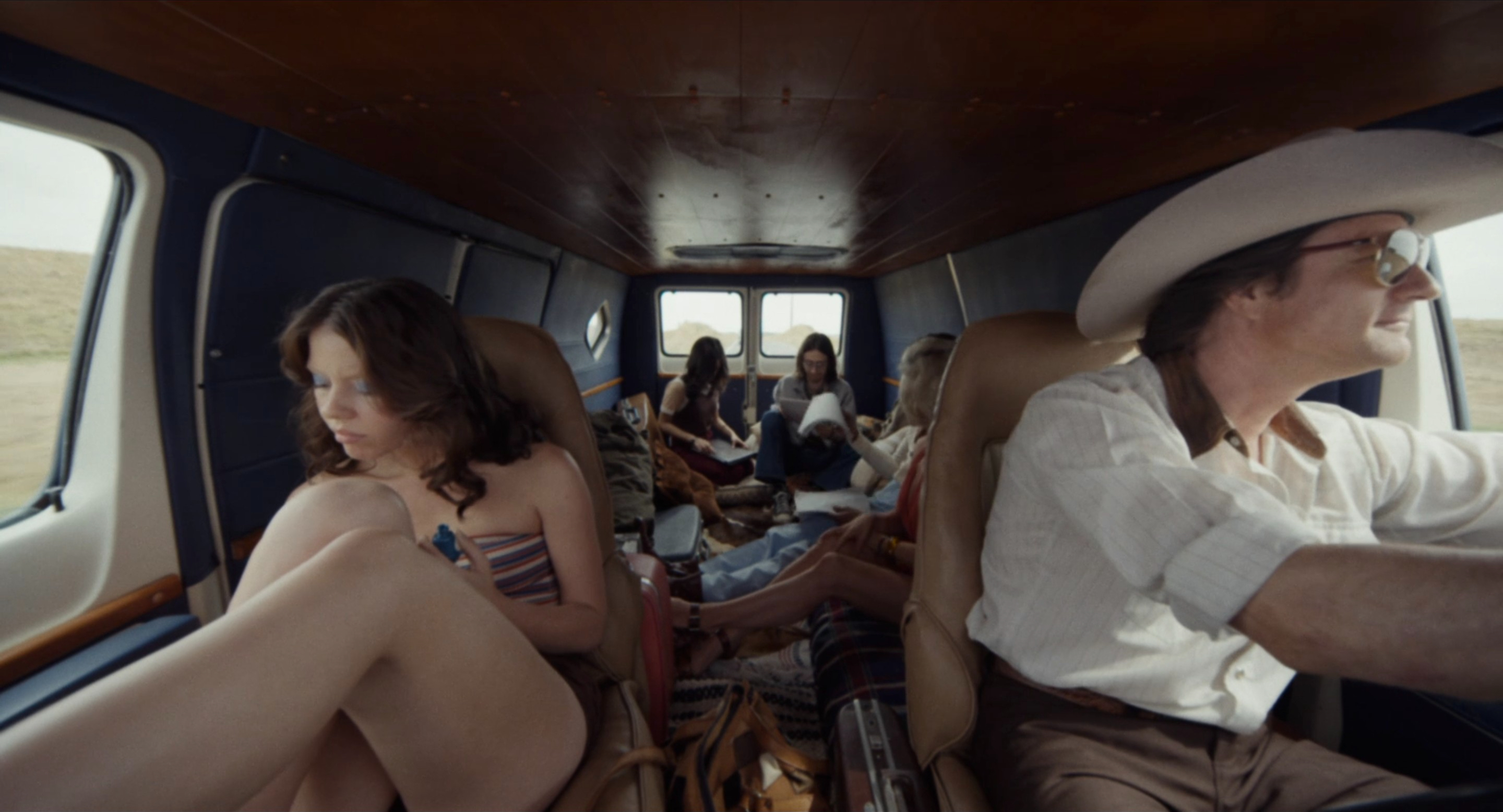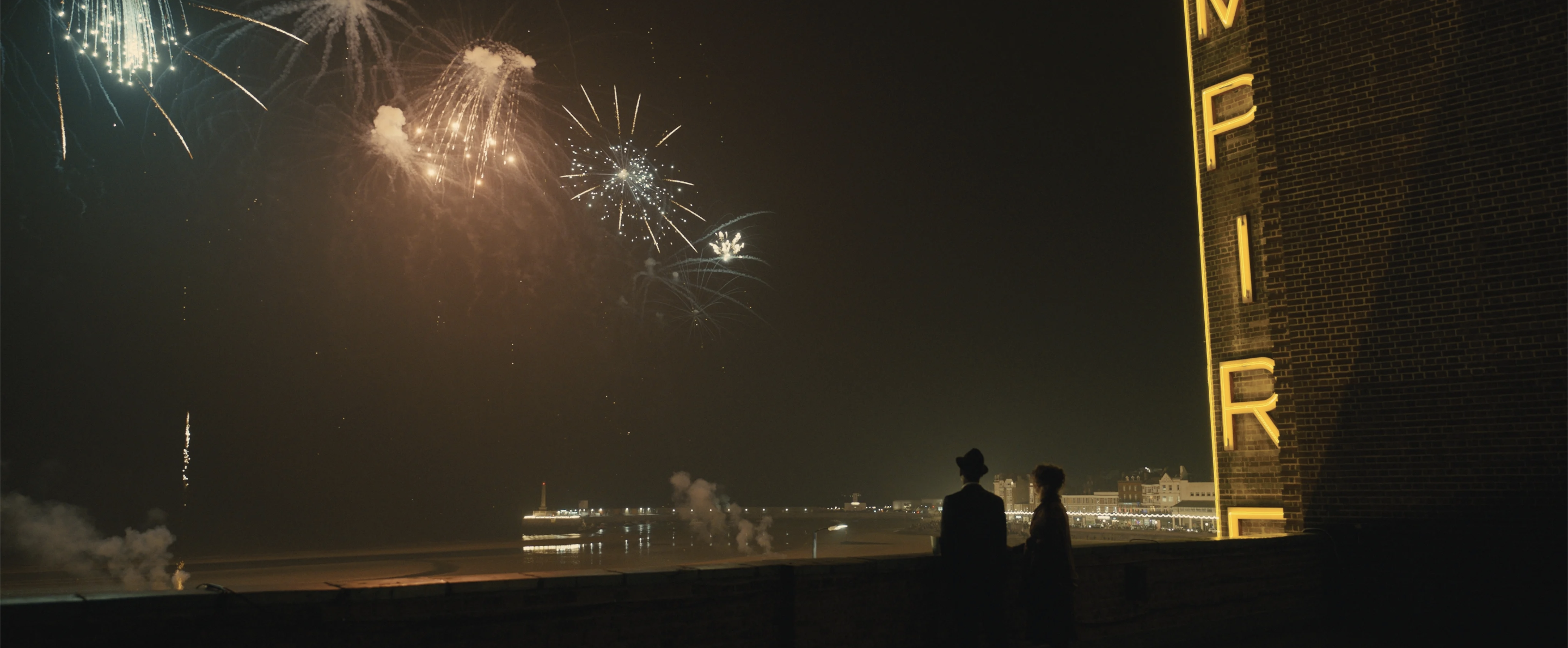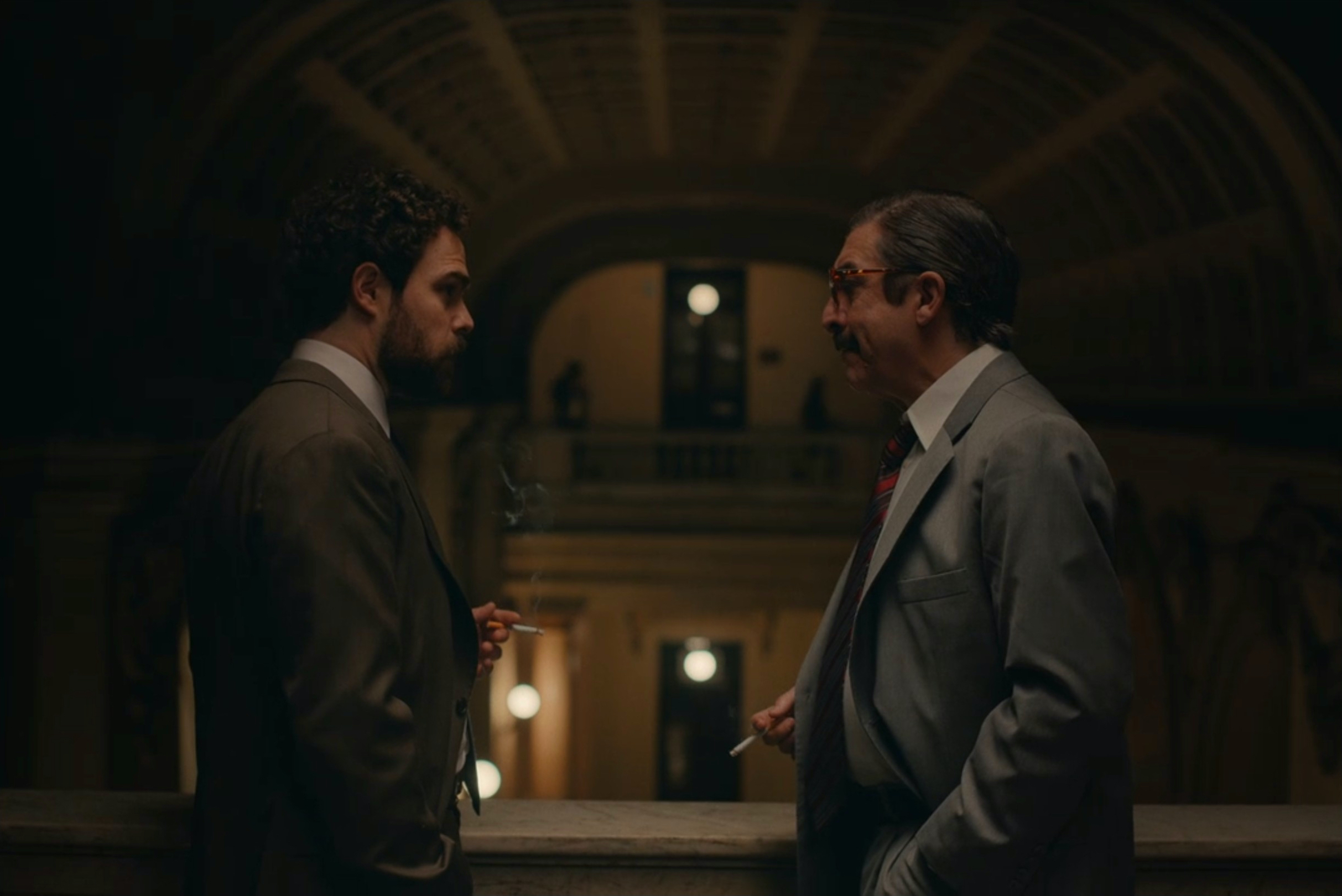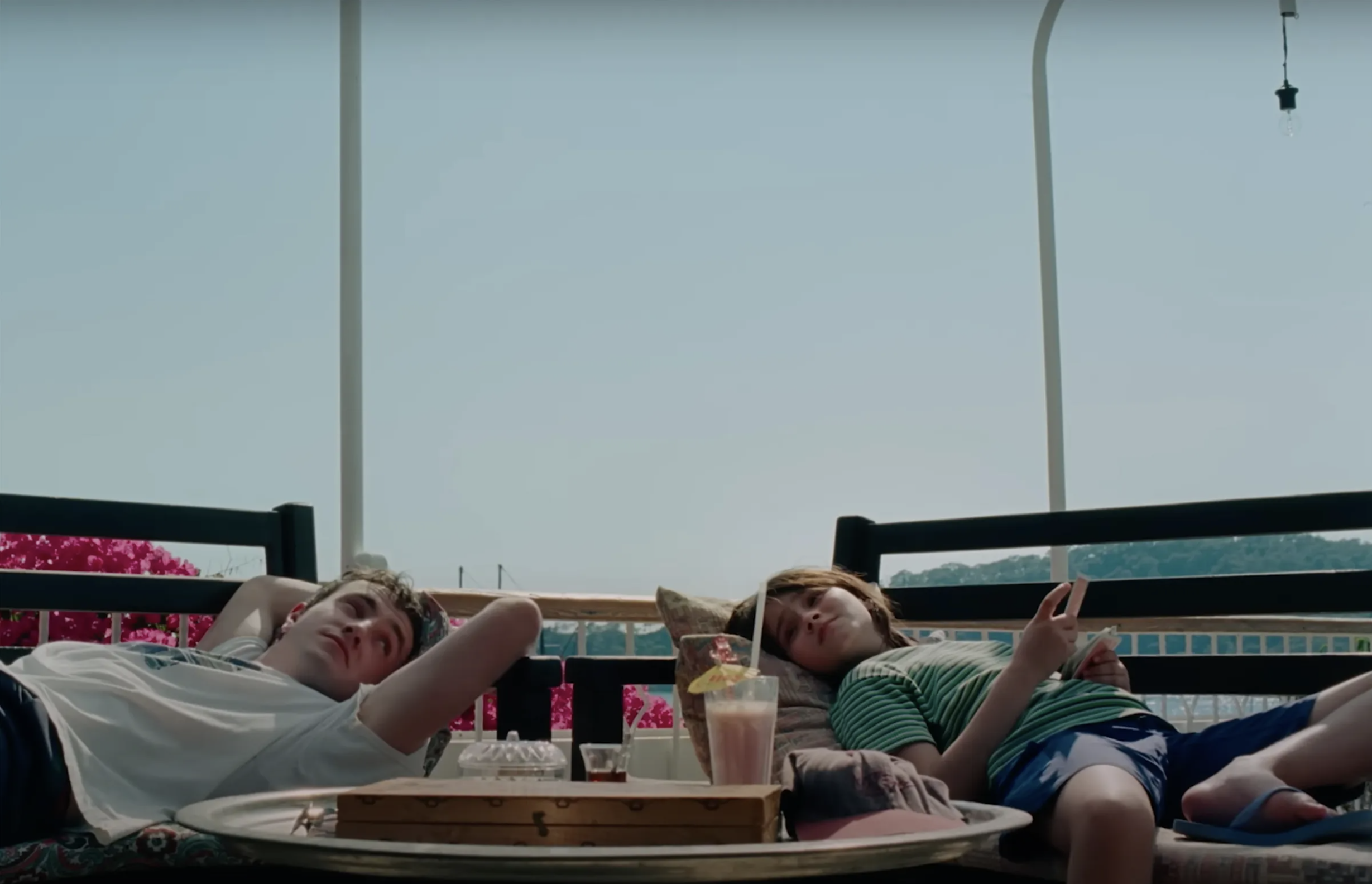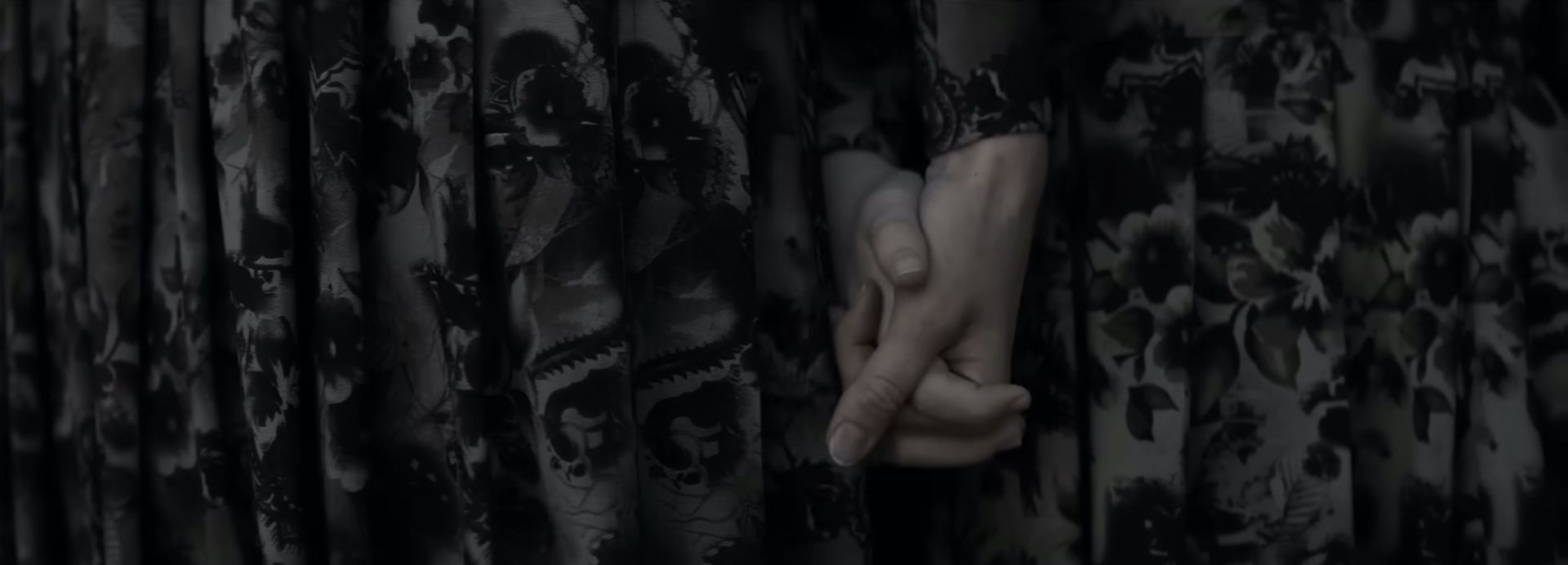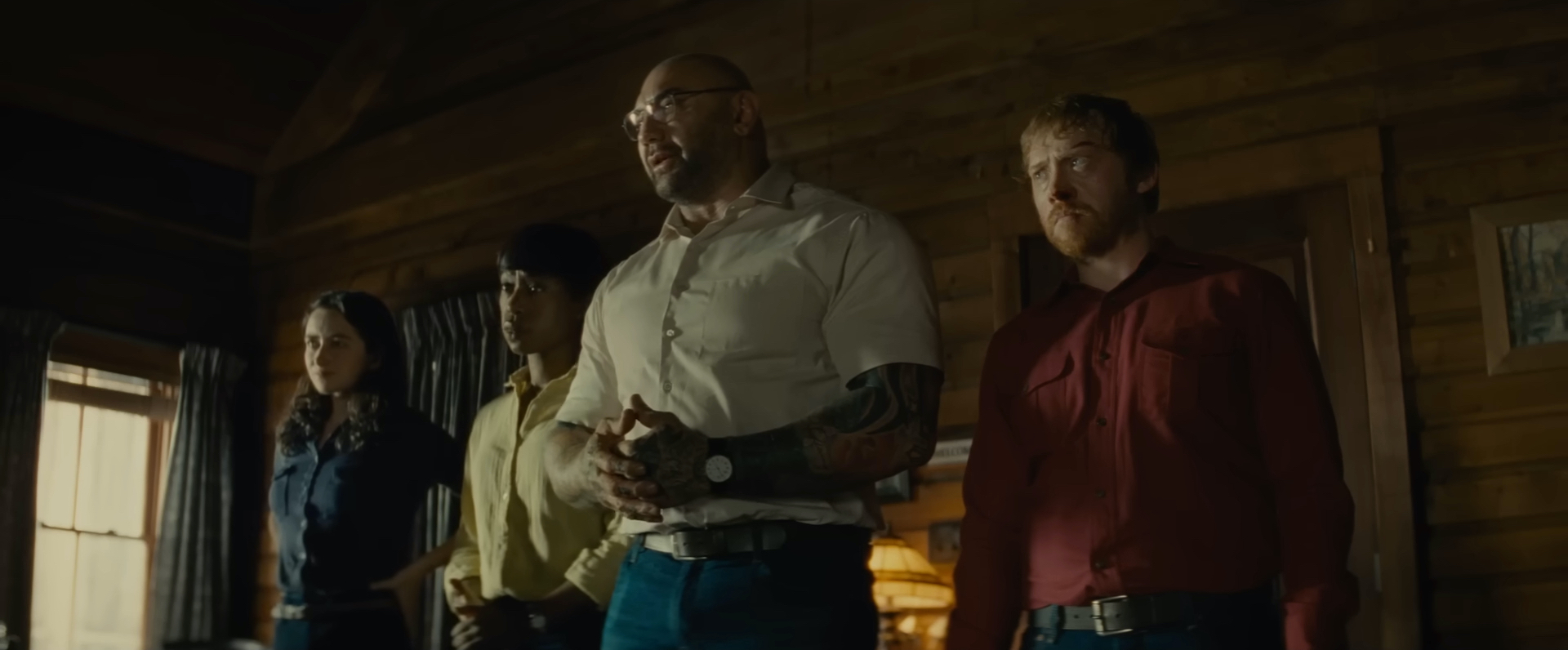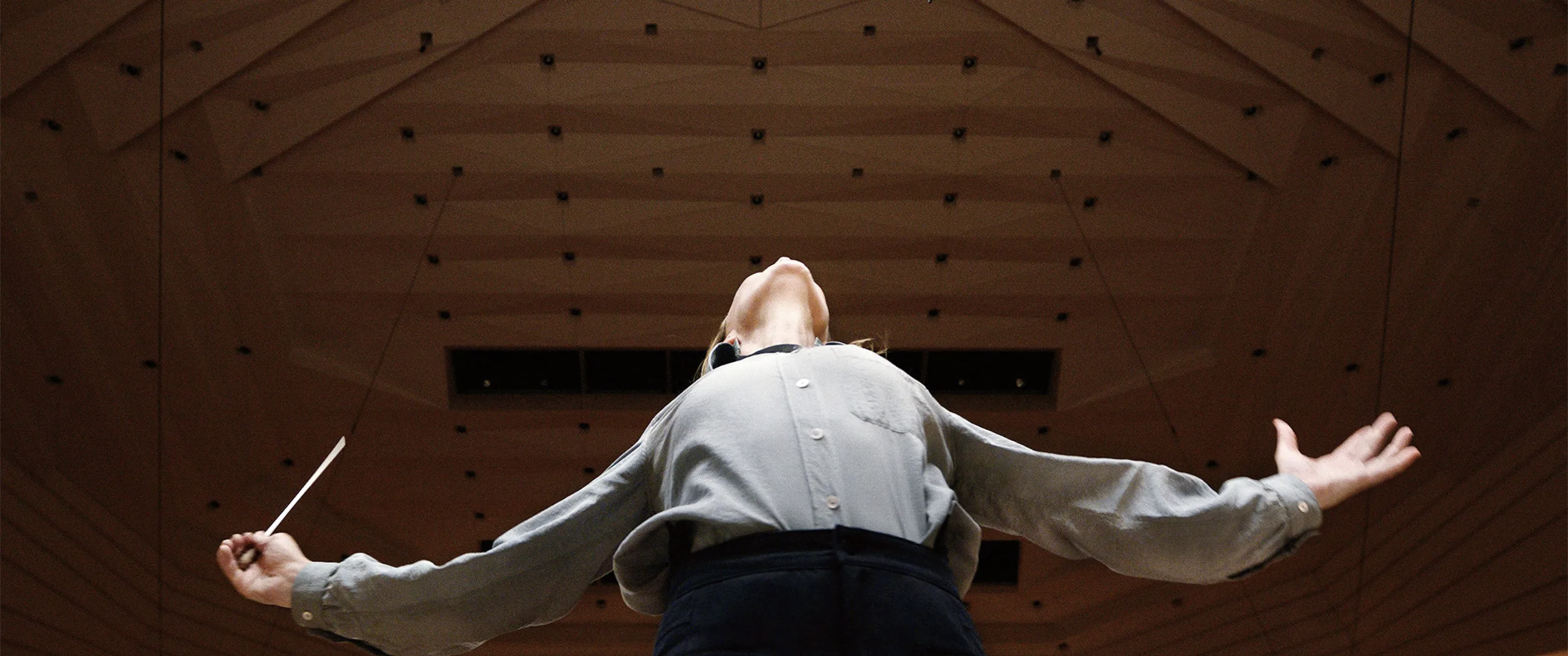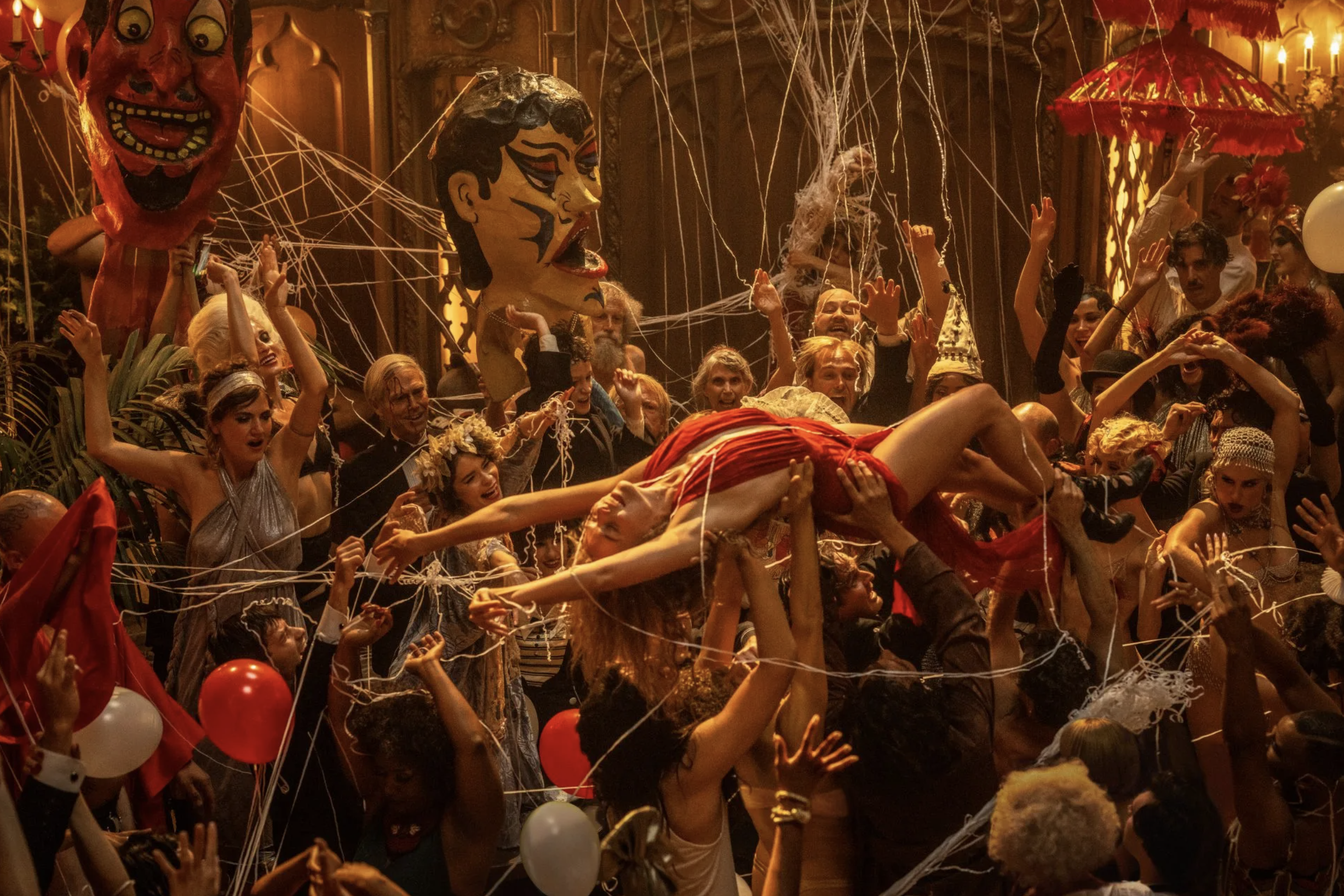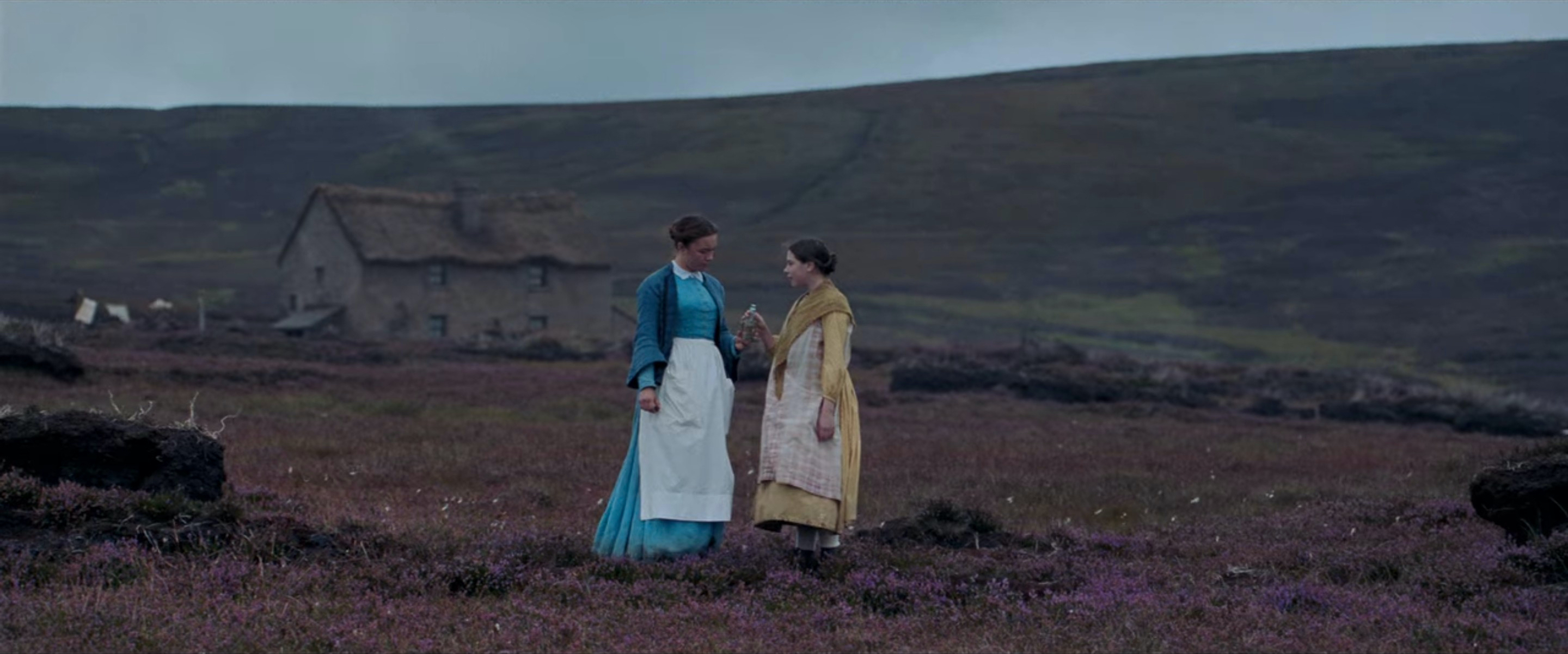X (2022)
Ti West doesn’t quite tread new ground in his grindhouse horror pastiche X, and yet he considers the religious puritanism and rebellious counterculture of 70s America with pulpy retrospection, examining the exploitation that runs deep in both and leaves older generations to wither away in violent, vengeful resentment.

